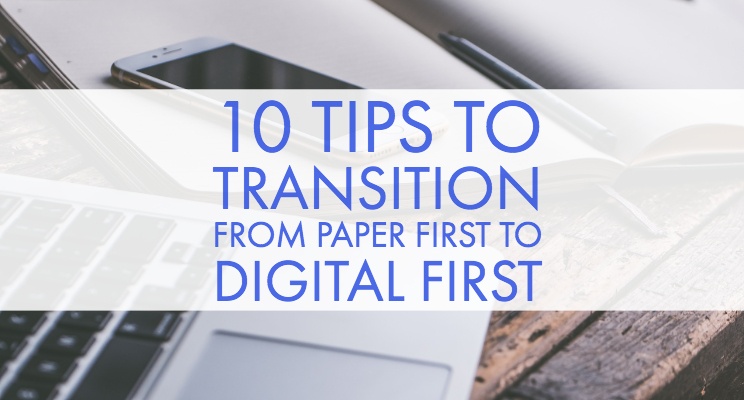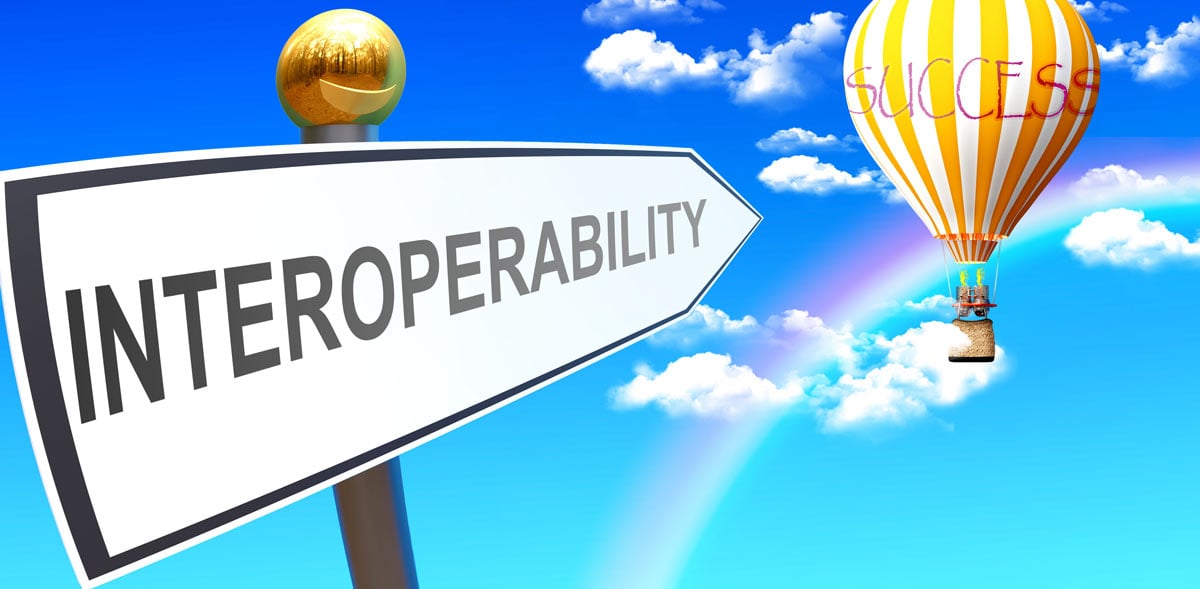In 1990, newspapers were the most practical way of staying abreast of current events. Nearly 30 years later, things have changed. Over two thirds of American adults receive at least some of their news from social media. Advertising has shifted to a digital approach as well, with millions of paid ads plastered across popular websites. Few industries have escaped the trend of focusing on digital content and products first, but many have struggled to bridge the gap from their existing practices. In this respect, publishing is no exception.
People are notorious for sticking to an effective approach even when circumstances change that reduce its efficiency. Unfortunately, sticking to the paper first approach is likely to lead to long-term failure. In the face of drastic change throughout the publishing industry, the switch to digital first is necessary.
Understand the Why
A digital first approach comes with a host of benefits. Digital media is the fastest means of spreading news, advertising a product, or sharing information. The rise of the Internet has become a full-blown revolution, providing instant communication that isn’t possible with print. It also appeals to a younger audience that has been raised on digital content. The internet is often the first place people go to seek information and products, so it makes sense that digital content should be the first to go live.
Spend Time on Strategy
A large portion of the initial shift to digital first should be spent on strategy. Analyze what has worked well with printed content and what can be improved upon to continue offering consumers new and improved content. Seek out ways to produce content as efficiently as possible. This may mean refining your processes to deliver content to any platform effectively. While it may seem as if there is a conflict between print and digital, the two formats can actually build off each other to derive better results overall.
Lead by Example
Employees may be apprehensive about changing to a digital first approach. To ease their concerns, share your strategy and brainstorm how their roles need to adjust. Explain why a paper first approach is outdated and how digital first practices will improve the company and make their job easier. From there, work directly with employees to make the change as efficient as possible.
Customize Content for Digital from the Start
Often, content is created with a printed product in mind. Only later, if ever, is a digital adaptation developed. The problem with this strategy is that content designed for print is often poorly suited to online publication. By first designing content with a layout and color scheme that’s effective on the web, publishers can save time and energy that would have been spent redesigning a printed version.
Listen to Your Market
One of the most valuable aspects of a digital first approach is the increased visibility of engagement. It’s easy to see which of your digital publications and garnered the most positive feedback, whether through likes, clicks, or comments. In the case of comments, businesses have an additional opportunity to interact directly with the customer. In doing so, we can learn how to better serve our customer base with relative ease.
Be Flexible
The digital world changes rapidly. To keep up, flexibility is essential. Publishers must keep a close eye on online trends, media practices, and competing businesses. The transformation to digital publications is not without risk, but it also has the potential to come with great rewards. Online publishing is the wave of the future. Let's embrace it! You need help in this process? We can help.






Leave a comment